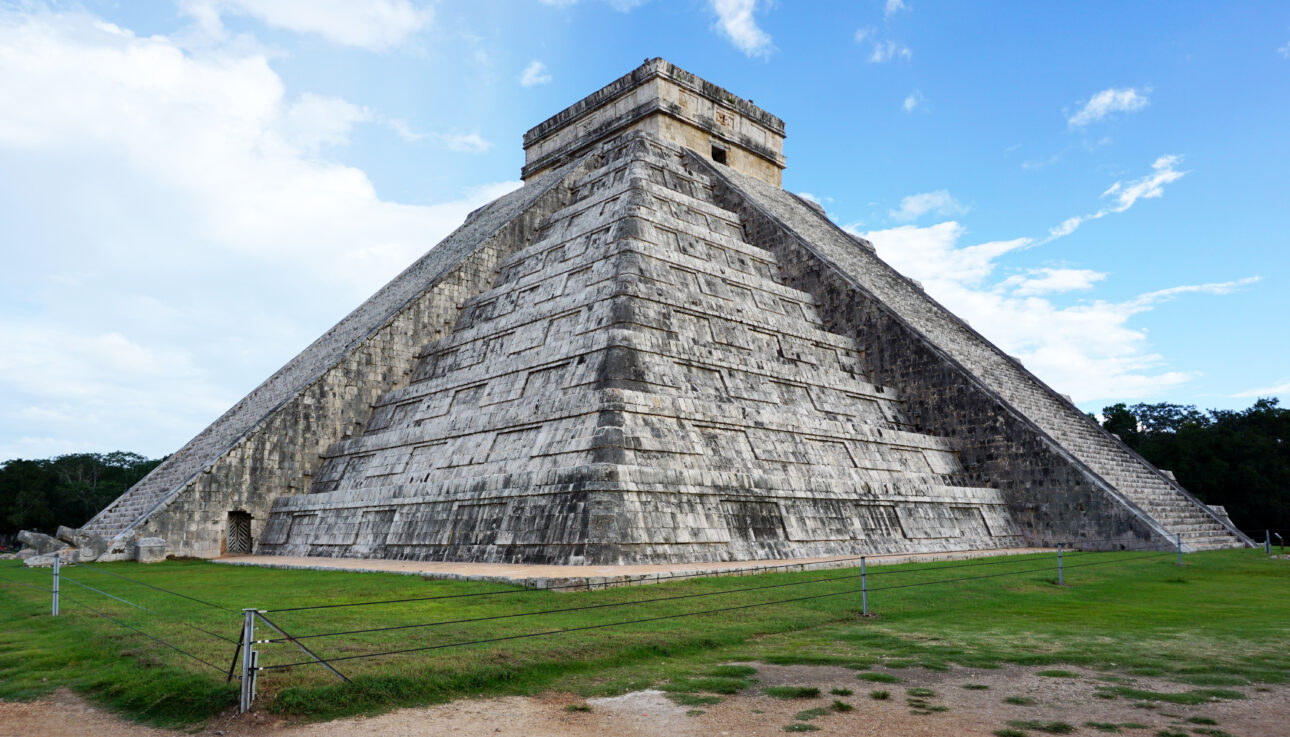Table of Contents
Introduction to Mexico
Mexico has an amazing geographic and cultural diversity, which make this country one of the most interesting places in the world to travel to, and surprisingly my favorite! A country with a great climate and fascinating cuisine, along with very warm and hospitable people, Mexico caters to all the different markets of travelers! It is amazing how a trip to the beaches of the Yucatan Peninsula or Baja California differs from a trip to Mexico City, the Copper Canyon and the surroundings. Even the cultural and social norms differ between regions. With the usual safety precautions, Mexico is a very safe place to visit, and will leave you thinking that it was “the place you only thought you knew”.
Quick Information
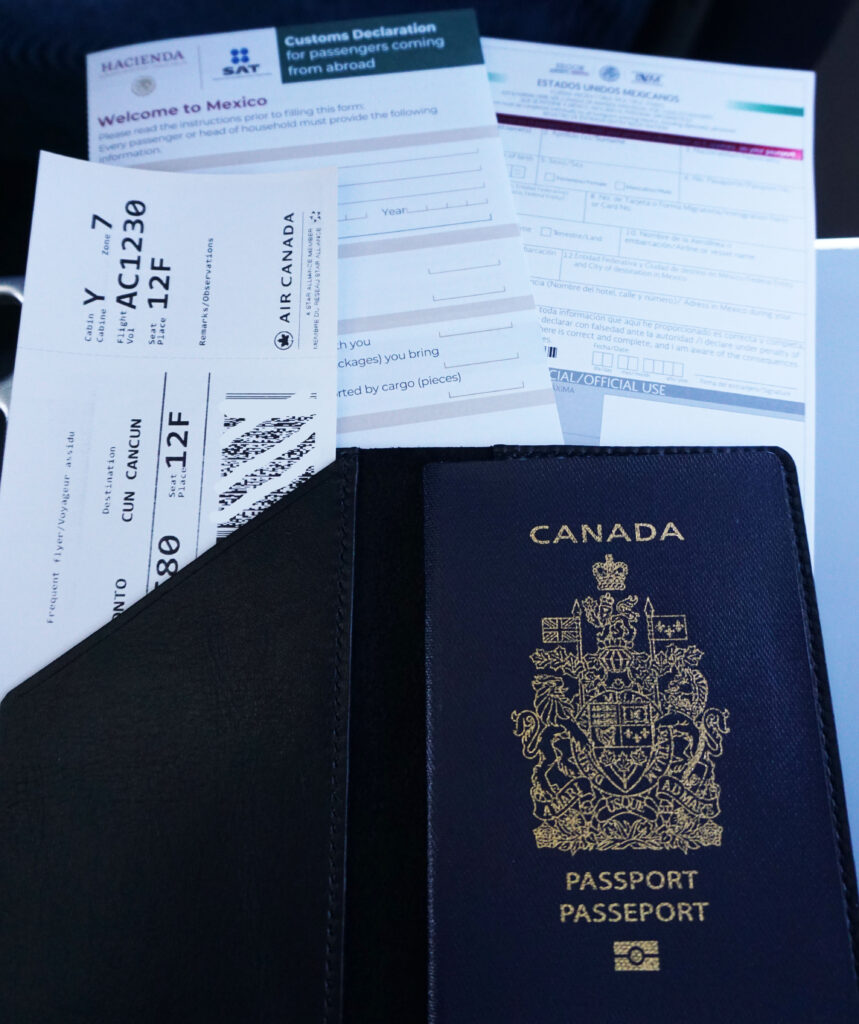
Currency: The country’s currency is the MXN (Mexican Peso). However, the USD is widely accepted. Credit cards such as VISA, AmEx and MasterCard are widely accepted, and most hotels and stores will also honor travelers’ cheques. By paying in USD, you might even get change in USD if the place you are at has them from others who paid earlier. Otherwise, you will get the change in MXN. Click here to check the current exchange rate.
Note: in Mexico, prices are displayed in Pesos and indicated by the $ sign. Don’t be surprised if you go to a restaurant and see a price of $230. It means MXN 230, which is about USD 10.27.
Electricity Socket: The standard voltage is 110V, which is the same as in USA or Canada. If you’re visiting from outside the Americas, you will need a travel adapter. To avoid buying new adapters for every destination in the world, I recommend having a Universal Travel Adapter which can be brought on any vacation.
Entry Requirements: A valid passport is required for all travelers. The passport must expire 6 months or more after your return home. Residents of USA, Canada, United Kingdom, Japan, or any country from the European Union can travel without a visa for up to 90 days. Citizens of countries from other continents will need to apply for a visa beforehand. Click here to check the entry requirements which apply to your country of residence.
Safety: Mexico is a very safe country to visit. It is recommended to keep your travel documents, money and other valuables in a safety deposit box provided by your hotel. When off the resort, as always, travelers need to take normal precautions at all times. It is recommended to wear little or no jewelry. Pickpocketing and scammers are the most serious issues that one can come across, however, with proper precautions, it should not be a problem.
A big problem is tourists who enjoy the nightlife and do crazy things. Yes, the Mexicans are big and crazy on partying fans! All-nighters are daily occurrences, and clubs close around 7:00 a.m. Be very careful if you will “join the party” with locals, drink responsibly, and do not have your phone or any valuables.
Another problem in Mexico is the amount of people trying to engage in selling drugs. This, however, happens at places near the U.S. Border. In popular tourist places like Mexico City or the many beachfront destinations, although not impossible, those are not “hotspots” for drug sellers. Travelers must simply take the normal precaution of not engaging in dangerous activities like these, and you will enjoy Mexico to the fullest!
In the heat, your body may react differently to alcohol. Be sure to drink plenty of water.
Language: The native language is Spanish; however, English is widely spoken across the country. There is almost never an area where there will not be English-speaking people, especially in the big tourist areas.
Time zone: Mexico has 3 time zones, and it is a bit complex. Most of the mainland and the Yucatan Peninsula are all on Central Time Zone, which is GMT – 6. In the same time, the Jalisco province (where the famous resort complex of Puerto Vallarta is located), although on the Pacific side, falls in the same time zone of GMT – 6. The northern provinces of Chiuauha, Sonora, Sinaloa and Baja California (where Los Cabos is) are on Mexican Pacific daylight time, which is GMT – 7. The border between the two time zones is located at the border of the Jalisco province, less than a 4-hour drive north of Puerto Vallarta. Finally, the northern part of the Baja California province is on Pacific Time, which is GMT – 8.
Tipping: although welcome and left to your discretion, in Mexico it is customary to give a 10-15% tip in restaurants, bars and spas. At all-inclusive resorts, a percentage of the tip is included. It is also customary to tip bellboys, chambermaids, tour guides and taxi drivers. Salaries in Mexico are extremely low, and many of the very friendly and hospitable people, who will welcome you with open arms, rely on tips for a living. While on a tour, you will hear drivers asking for tips if you enjoyed the service. Do not take that the wrong way and think that they’re basically trying to force it. They’re not. They’re simply stressing it, as it is very important for them. In the end it is always at your discretion, depending how you enjoyed the service.
Money and Banking: banking hours are typically Monday to Friday from 9:00 a.m. to 2:30 p.m. Check with your hotel or hostel for the hours of the nearest branch office. You are likely to find easy access to ATMs throughout Mexico. Keep in mind that they dispense pesos. You can also change money upon arrival at the airport or locally at a casa de cambio (money exchange house). They are usually open longer hours than at the banks. Photo ID is required in order to exchange money at both the bank and casa de cambio. Hotels also offer currency exchange, however, not always at the most attractive rates.
Water: the water at the hotels and resorts is purified unless otherwise advised. The water in restaurants and bars is also purified. It is recommended that you drink bottled water, which can be purchased at any convenience store. If staying at the many beachfront resorts, most of them will have bottled water in the mini-bar in your hotel room, which is often free of charge. Double-check with your hotel, as most budget-friendly ones will only include the mini-bar service for Preferred Club guests.
Communication: Long distance calls can be made from your hotel; however, they can be very expensive. I always recommend purchasing prepaid phone cards. They can be used on the local pay phones.
Nightlife: most of the big cities, along with towns close to popular beachfront areas, are known for their great nightlife with a varity of bars and clubs. The world famous CocoBongo, found in Cancun, Playa del Carmen and Los Cabos, is not to be missed with its amazing shows.
PLANNING YOUR TRIP TO MEXICO
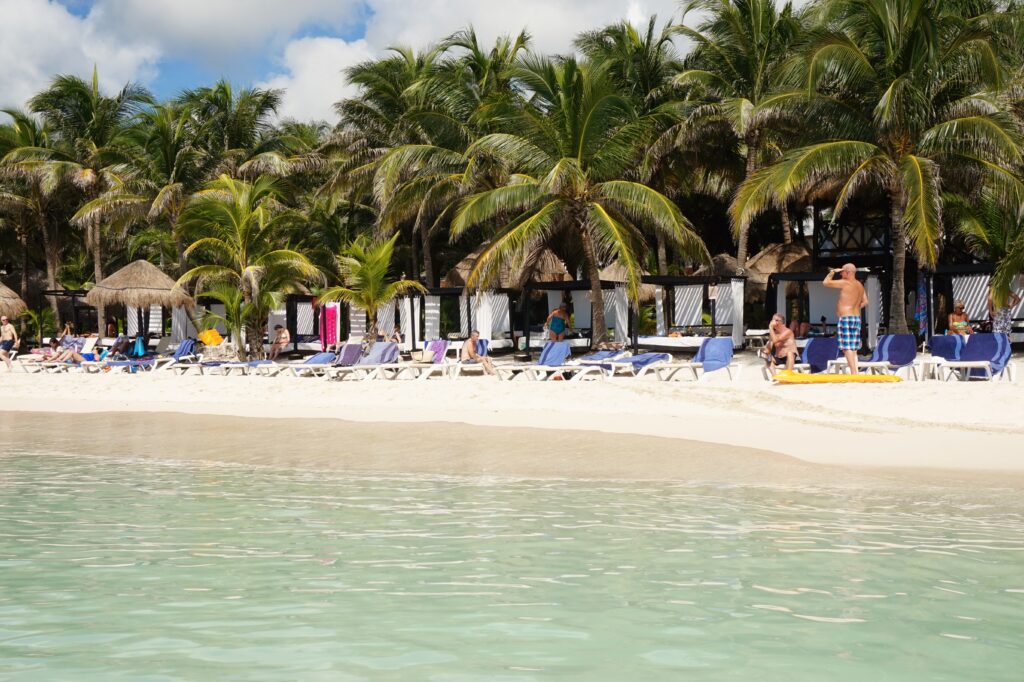
Mexico can be considered a year-round destination. However, it depends on the purpose of your trip. The weather is totally different than what travelers are used to when traveling in North America or Europe.
Weather: The weather in Mexico really depends on the destination. For resort areas such as the Yucatan Peninsula and the Pacific and Baja California coasts, the weather boasts only 35 days a year where the maximum temperature doesn’t hit 25C, and with a third of the year over 30C. Mexico is hot! You are virtually guaranteed 25C at any time from April right through to the end of October.
There are 2 rainy seasons: from May to June, and then October to December.
While outside, remember to wear appropriate sunscreen and a hat. Drink plenty of water and avoid too much exposure between noon and 3:00 p.m. which are the hottest hours of the day.
In the central part of the country (where Mexico City is), temperatures can reach 25 degrees Celsius in all months. However, between December and April, temperatures can go down to as far as 7 degrees Celsius.
Low Season (May-June & September-November): the months of May and June can see high temperatures in many places across the country. September and October are also the peak of the hurricane season in the beach areas. Although chances of a hurricane are small, the Gulf and Pacific coasts tend to experience heavy rains. Hurricane season technically runs from May to October, however, the highest chance of a hurricane falls in September and October. In November, tourist numbers increase, especially in the beach areas. This is because, as hurricane season ends, the weather starts getting very cold in North America and Europe. In the same time, plane tickets and all-inclusive packages can be very affordable these months.
Shoulder Season (July and August): the shoulder months are the hottest times of the year. It is also vacation time for the majority of locals, who flock from Mexico City to the beach areas. Accommodation prices can be very affordable in the beach areas, while in cities like Mexico City, they can soar as it is high season. In the same time, the west Pacific coast gets a lot of rain these months.
High Season (December-April): As these are the coldest months on other continents (like North America and Europe), huge tourist crowds flock to Mexico’s beach resorts. The weather is best for those who want to escape, but while warm, can get windy at times. Flights and hotels tend to be higher priced during this time. For those who want to escape the cold weather in the winter for the sunny beaches of Mexico, book 4-5 months prior to departure for the best prices.
Budgeting
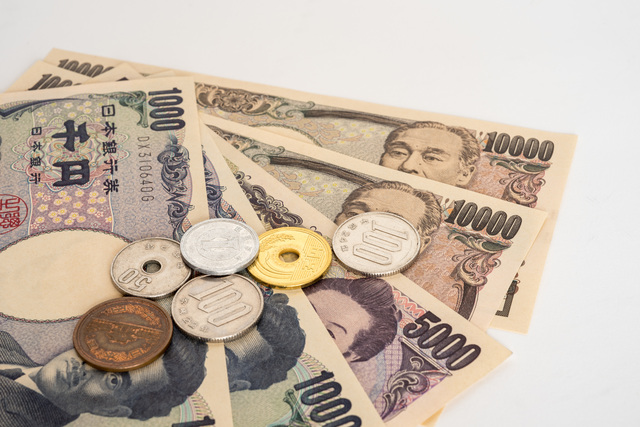
In general, Mexico is a cheaper destination than Canada, USA or Europe, and can be very affordable. Prices throughout the country vary depending on the location. Prices in the southern part of Mexico are cheaper than places like Mexico City. The most expensive destinations are the top tourist hotspots, like the Yucatan Peninsula or Los Cabos. In the same time, prices vary depending on the exact part of the province. For example, in the city of Cancun which has a 22-km hotel zone, prices will be higher than a city like Chetumal, where not many tourists go. But in the same time, it is very affordable.
Here is an approximate breakdown of travel costs, all in USD:
Accommodation (per night)
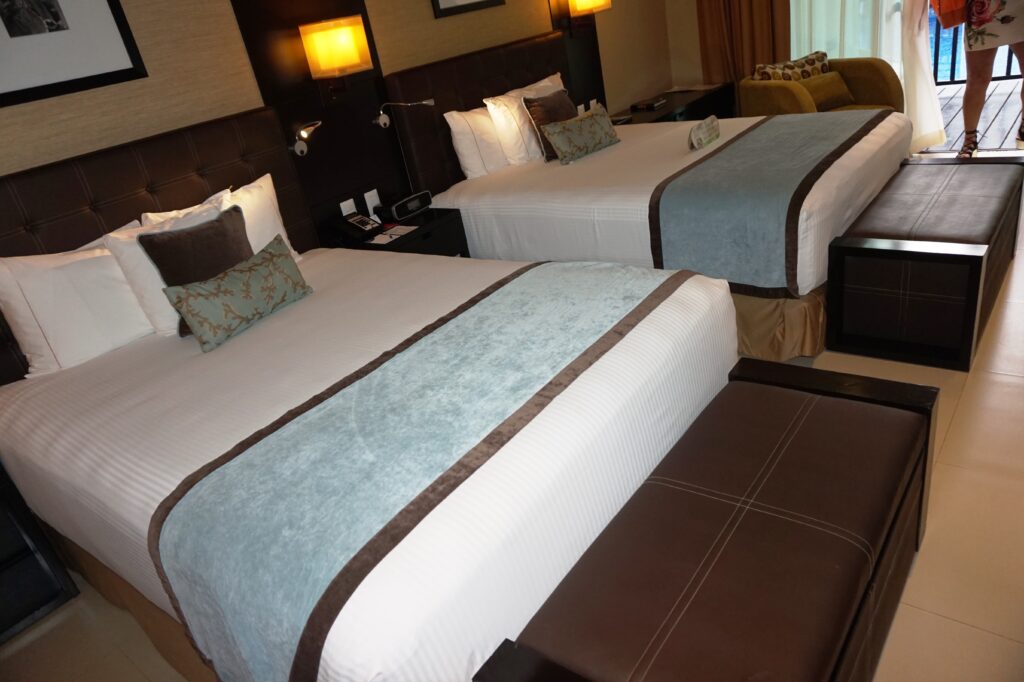
| Hostels: | $7-12/night for shared dorm. $11-30/night for private dorm. |
| Mid-range hotels: | $40-90/night |
| High-end hotels: | $70-120/night |
| Beachfront all-inclusive*: | $90-350/night |
*All-inclusive means all meals, snacks and drinks are included, along with all the entertainment offered at the hotel. Even alcoholic drinks are part of the all-inclusive plan. The only services not included are spa services and motorized water sports.
Food (meal for one)
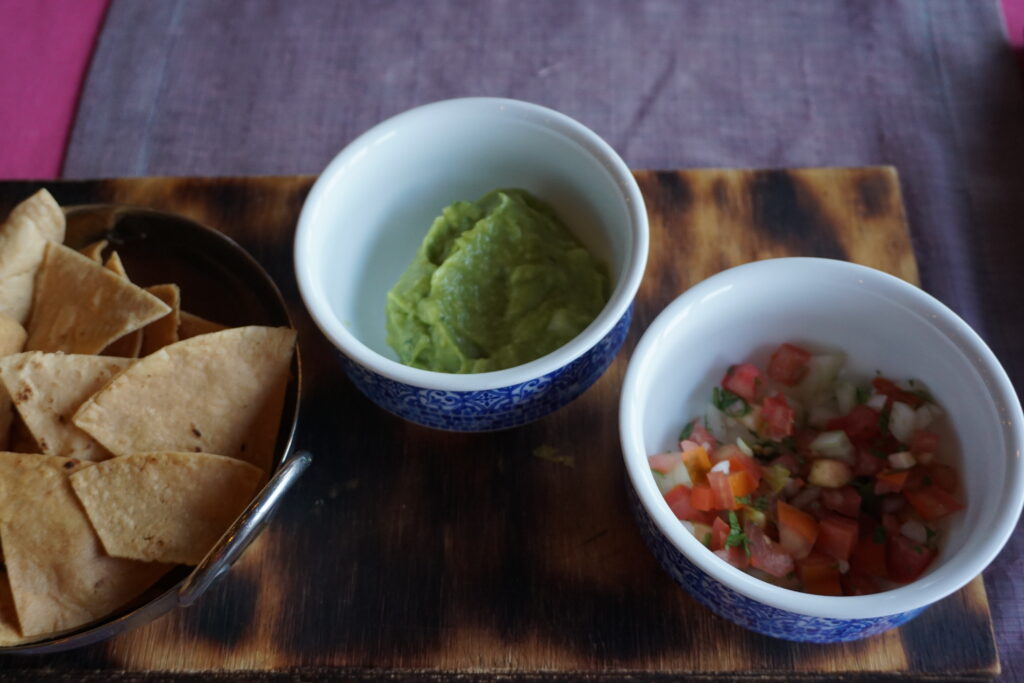
| Street food and self-catering: | $3-5 |
| Mid-range restaurants: | $10-17 |
| Fancy restaurant: | $15-25 |
Transport in cities

| Public transit in cities: | $0.30/trip $1-2 for day pass |
| Hop-on hop-off sightseeing tours: | $14 for one-day $20 for 2 days |
| One-day tours to sights outside the beach resorts: | $80-200, depending on places and inclusions. |
Getting to Mexico
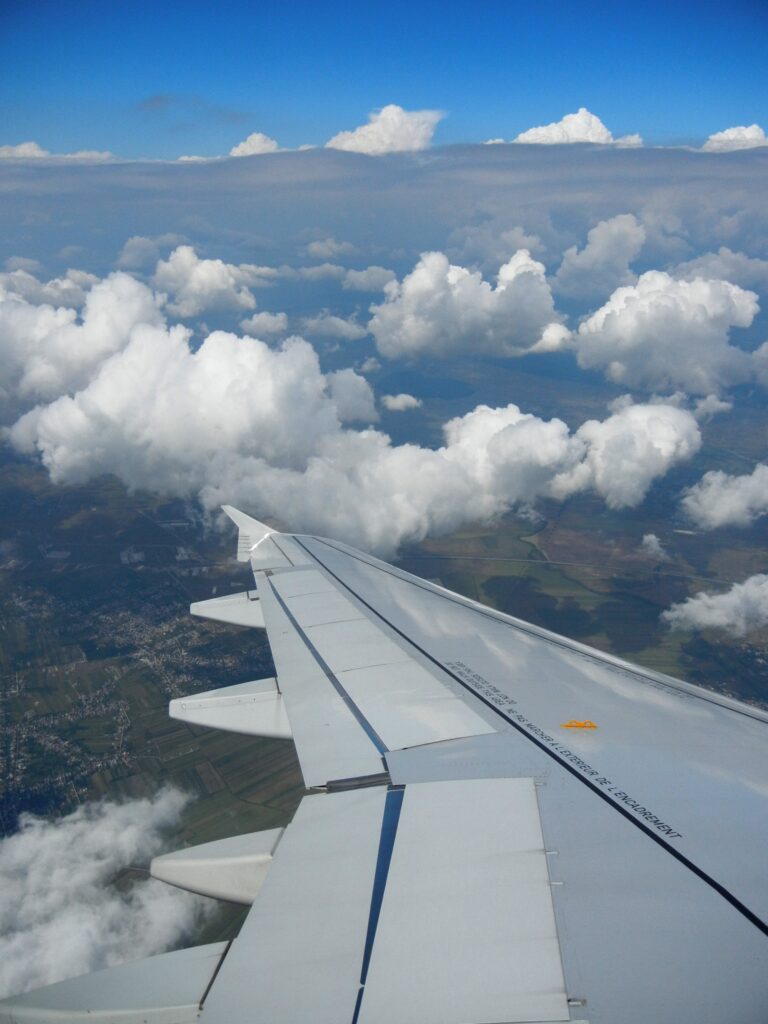
By air: The majority of worldwide carriers fly into the top airports in the country. Mexico sees flights from all major North & South American carriers, along with the big European airlines, all bringing travelers to this wonderful land. Upon arrival, those traveling to some hidden spots in the country can connect to domestic flights on AeroMexico, Interjet, Volaris, or Viva Aerobus. Likewise, if there is no direct flight to the destination you are traveling, travelers can usually fly into Mexico City and connect there to a domestic flight.
Travel tip: if you will be connecting in Mexico City, allow yourself at least a 3-hour stopover. It is a very busy airport, and customs must be done before connecting to a domestic flight.
Top international airports
- Mexico City (MEX)
- Cancun (CUN) – for the Mayan Riviera
- Cozumel (CZM)
- Puerto Vallarta (PVR) – for the Nayarit Riviera
- Mazatlan (MZT)
- Acapulco (ACA)
- San Jose del Cabo (SJD) – for Los Cabos
- Monterrey (MTY)
- Leon (LEN)
- Huatulco (HUX)
Other airports, served mostly by domestic flights
- Aguascalientes (AGU)
- Chihuahua (CUU)
- Guadalajara (GDL)
- Guanajuato (BJX)
- Ixtapa (ZIH)
- La Paz (LAP)
- Merida (MID)
- Oaxaca (OAX)
- Puebla (PBC)
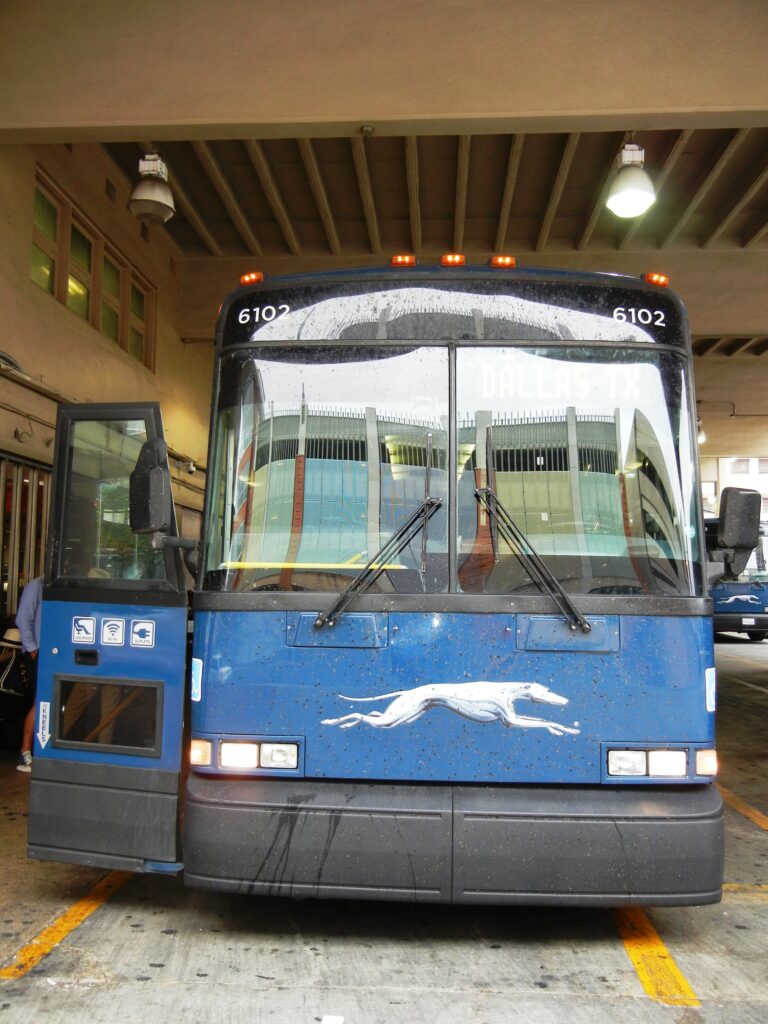
By bus: Greyhound provides service from the USA to some parts of Mexico. However, it is a less-favorable way of getting there, unless you are just traveling to visit family in small rural towns. If you are traveling to popular tourist destinations, the bus can take up to an entire day to get there, If you will be traveling by bus across the border, there is a bit more planning involved for crossing the border than by air. Click here to view the requirements.
Traveling around Mexico
By air: Surprisingly, air travel is the best way to get around. Mexico is a huge country, and driving distances can be far. For example, getting from Cancun to Mexico City takes 2.5 hours by plane or 24 hours by road. The national airline is AeroMexico, and budget carriers Volaris, or Viva Aerobus also link the country well. AeroMexico also has international routes, and allow you to book all flights on one ticket. Volaris and Viva Aerobus are usually cheaper, however, they cannot be booked in conjunction with another airline.
By rail: While rail travel in many countries is usually the most scenic way to get around, in Mexico it’s different. The only passenger train in Mexico is the Ferrocarril Chihuahua Pacífico (known as the Copper Canyon Railway), which is a sightseeing train running through the Sierra Madre Occidental. On another note, this train is one of the highlights of Mexico. The train runs from Los Mochis and Chihuahua, and shows travelers the Copper Canyon.
By car: For perfect freedom, you could rent a car. Car rentals are cheap, however, Mexico City is very crowded and messy for drivers. It’s pretty much like driving in New York or Paris. Driving in beachfront destinations like the Yucatan Peninsula, Puerto Vallarta or Los Cabos is not bad at all, however, those places are best discovered by booking a tour from your hotel or resort.
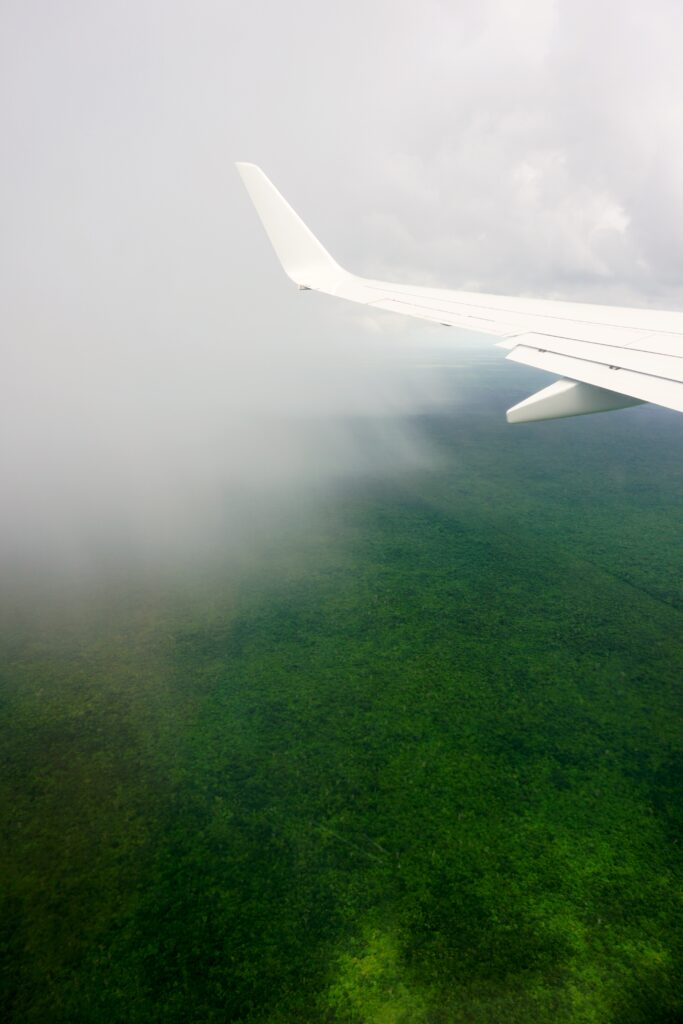
BEST THINGS TO DO IN MEXICO
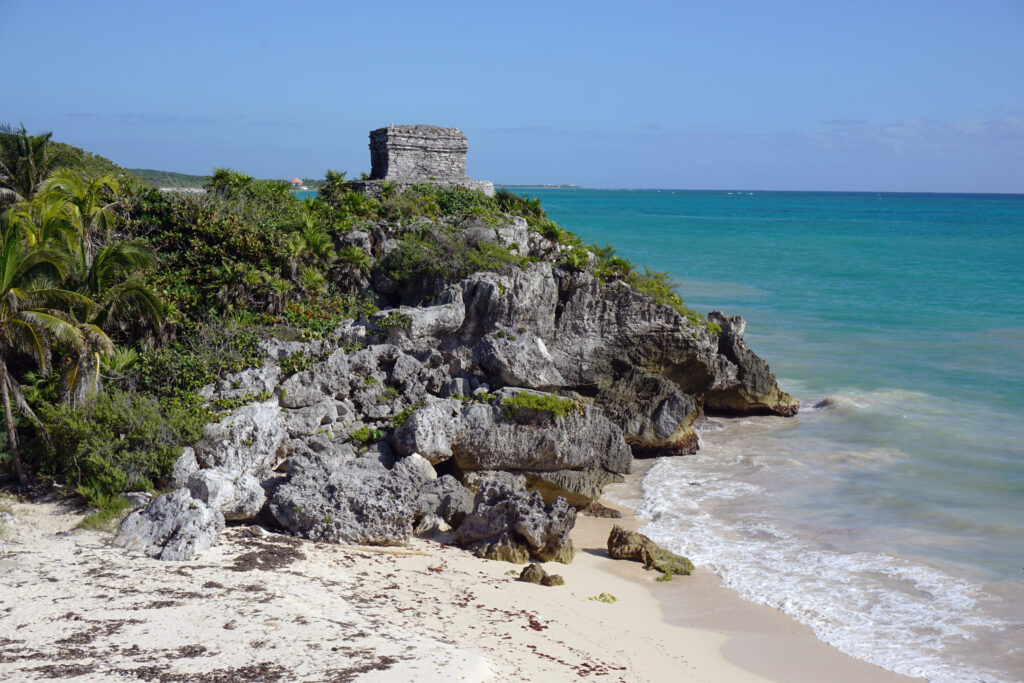
Mexico has an endless amount of attractions. Below I will list the top attractions and things to do, which Mexico is famous for. Visit the Mexican Tourism Board page at https://www.visitmexico.com/en/ to find the top things to do in the places you will be visiting.
Soak in the sun at the many beachfront destinations
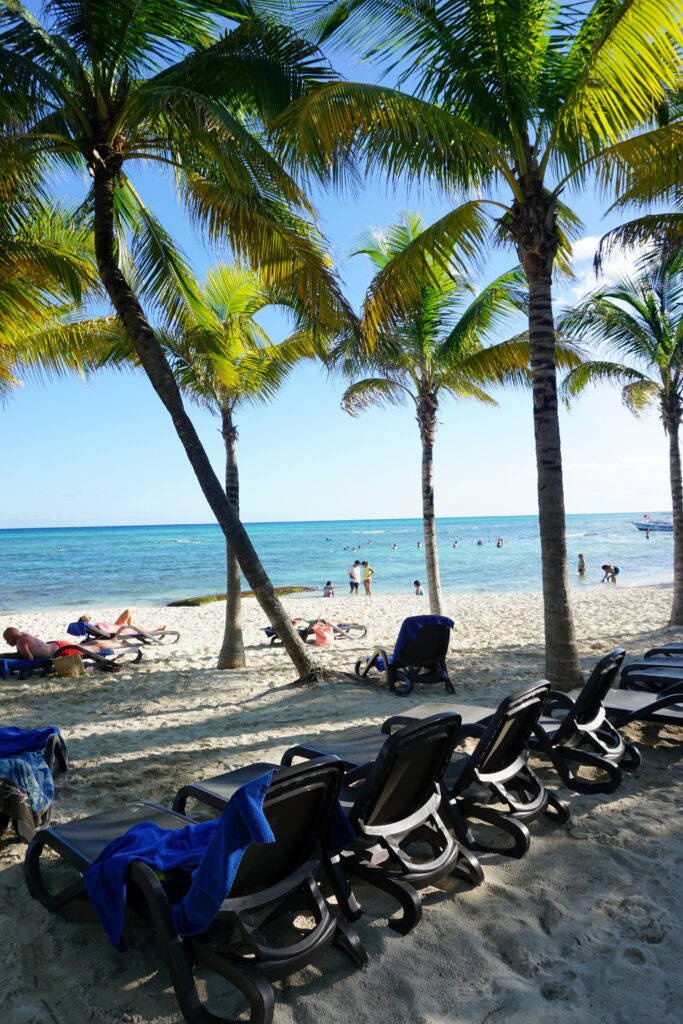
Most travelers flock to Mexico for the beaches. The top beach destinations are Cancun and the Mayan Riviera, Puerto Vallarta and Los Cabos. For lesser-known destinations, head to Mazatlan, Acapulco or Huatulco, all on the Pacific Coast. Los Cabos, on the other hand, has designated swimming spots, most of them not at the resorts, due to very high waves which makes it dangerous to swim.
Discover Mayan Culture and Archaeological sites on the Yucatan Peninsula
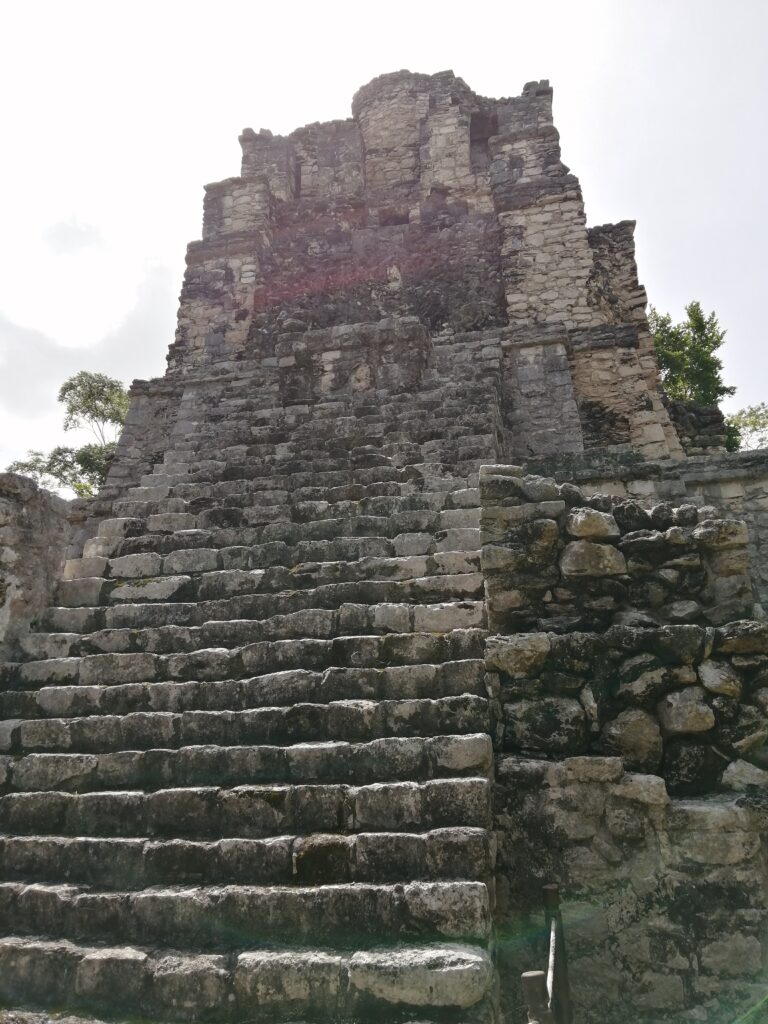
Most travelers who flock to Mexico from the beaches have no idea what’s in stock for them outside the resort. The Yucatan Peninsula is full of attractions which will keep you coming back. Discover how the Mayans used to live by discovering a few of the 6000 cenotes! These natural sinkholes are formed by collapsed bedrock, and used to be the only source of water for the Mayans. Then explore the archaeological sites of Chichen Iza and Tulum. Or take your kids to the many famous parks of the peninsula, such as XCaret, Xel-Ha, or Xplor.
Check my article on the 20 unforgettable experiences in Mexico’s Yucatan Peninsula. And check how I experienced hidden places by hiring a private guide.
Ride the Copper Canyon Railway
Known as one of the most beautiful train rides in the world, the Copper Canyon train ride will take your breath away! The line crosses some of the most beautiful scenery of Mexico, running on the edge of the mountains. The ride is around 400 miles, which take about 4 hours to cross, and travelers can even enjoy the scenery while having a meal in the dining car. Ensure you book in advance because this popular first-class train ride fills up very fast with tourists from around the world!
Experience the lively capital of Mexico City
Legend has it that the Aztecs were nomads who were traveling continuously. One day there were told that if they found the eagle eating the snake, that is where they would settle. At that spot, they built a hill of dirt in the middle of a swamp. And today, that is the country’s capital. The Aztecs eventually filled that swamp, and today, it is the country’s capital and the largest in the Americas. Incredible architecture, along with an explosion of modern buildings and parks line the streets of Mexico City. This high-altitude and densely populated city has enough attractions to keep you busy for 2 weeks. The top ones include the Templo Mayor (an Aztec temple from the 13th century), the baroque Metropolitan Cathedral of the Spanish conquistadors, the National Palace, the Palace of Arts, and the Zocalo Plaza.
Visit Sao Miguel de Allende
Located about 300 km northwest of Mexico city, Sao Miguel de Allende is known for its baroque Spanish architecture, along with its many cultural festivals. In this colonial-era city’s historic center with cobblestone streets, travelers will be inspired by this city! Some of the many famous attractions include the neo-Gothic Parroquia de San Miguel Arcangel Church with its pink towers, the Temple of San Francisco, and many more to keep you busy for at least a week! There is no airport in Sao Miguel de Allende. The closest airport is Guanajuato, which is very accessible from a variety of getaways in Mexico, as well as a few destinations in USA.
Celebrate the Day of the Dead
The Dia de los Muertos (Day of the Dead) is celebrated by locals as a celebration and remembrance of their loved ones who have passed away. It’s pretty much Mexico’s version of Memorial Day. Mexicans view this as not a day of sadness as it may sound, but a day of celebrations. This is because, in Mexican culture, their loved ones awaken and celebrate with them. This two-day holiday, celebrated at the beginning of November. If you happen to be in Mexico at that time, you can join in the celebration! Check with your hotel what is happening in the place you are in, because different parts of the country have different traditions. Some towns are decorated, others have parades, and others have special meals on this day. And don’t get it wrong: Day of the Dead is NOT Mexican Halloween!
CUISINE
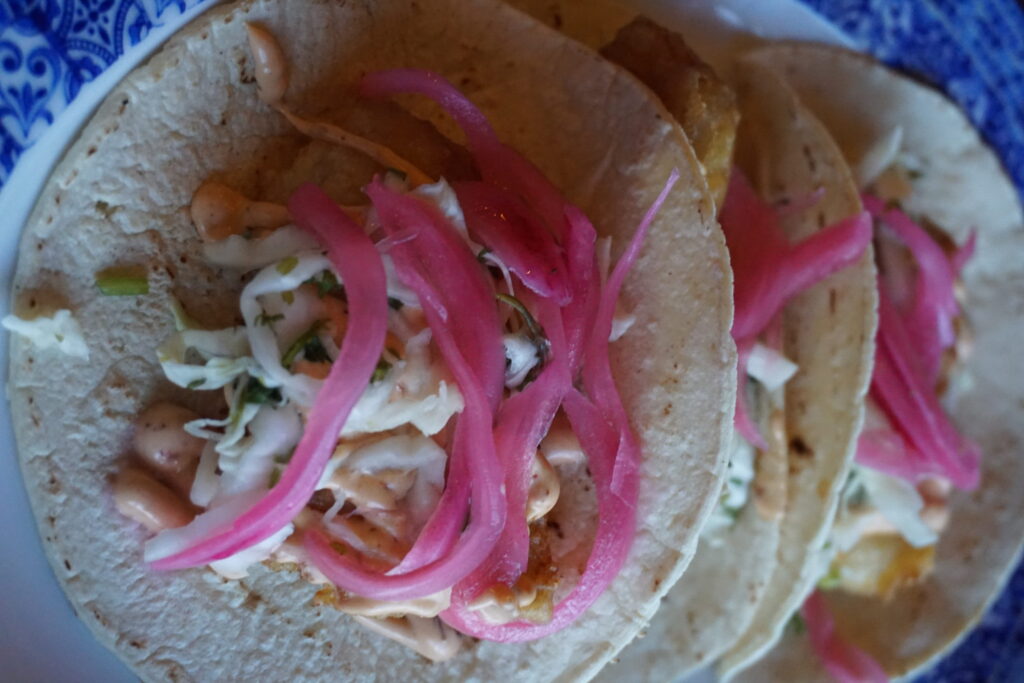
To describe Mexican food in one sentence: it is a complex and ancient cuisine, whose techniques were developed over its thousands of years of history. Foodies will be seduced by the exquisite culinary triumphs of the regional cuisine. Each dish offers a delightful combination of Spanish and Mayan flavors, and most are prepared with local, inherited recipes.
Tacos
This is probably the first thing that would come to a local’s mind if you ask them about their traditional food. Mexicans enjoy eating their food topped with a filling, and wrapped into a corn tortilla. There are endless types of Tacos. The most common ones are sautéed pork tacos, grilled steak, Mexican sausage, beef, fish (marinated tilapia), and there is always a veggie option. If you step outside your beachfront resort which offers an American-style breakfast, you will see that Mexicans even eat tacos for breakfast!
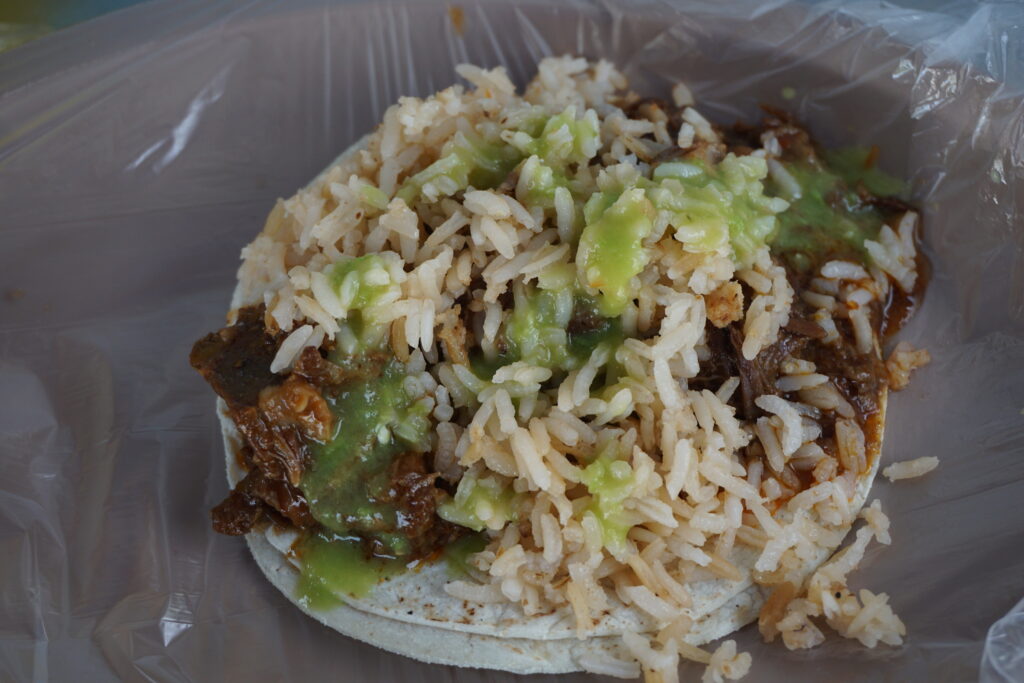
Shrimp Ceviche
This popular Mexican-style ceviche contains lime/lemon juice, avocado, cilantro, tomato, cucumber, among other vegetables. For those who enjoy spicy food, ask for jalapeno or hot sauce. The shrimp is soaked in lemon juice for about an hour until it eventually turns pink, at which time it’s ready to eat.
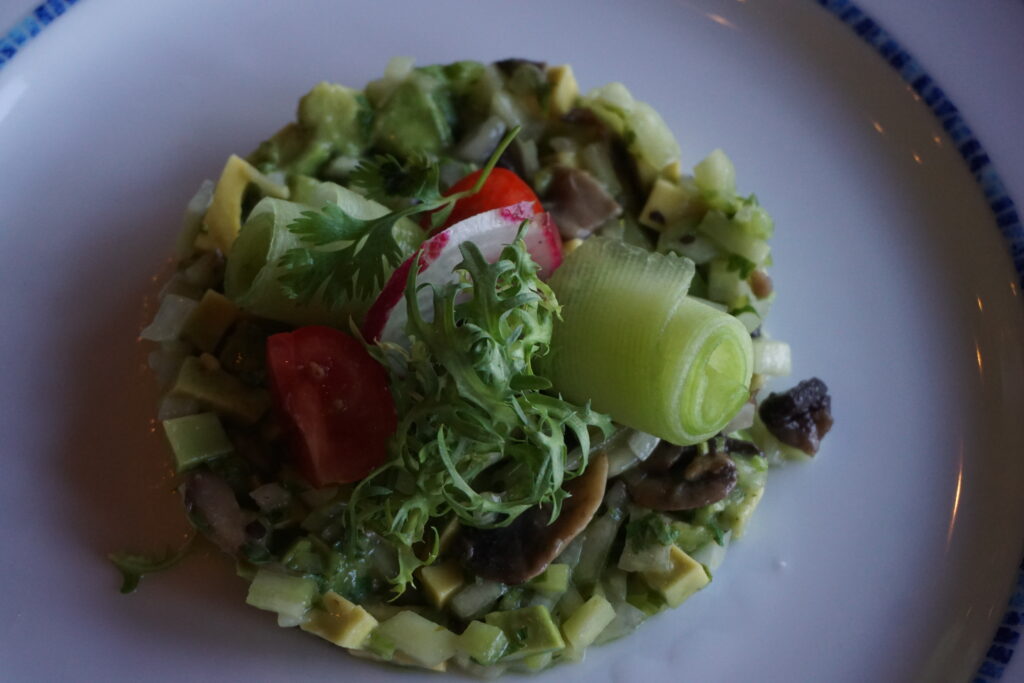
Authentic Mexican Salsa
Almost all restaurants will start you off with this meal! The Mexican salsa (known as Pico de Gallo) comes from Mexico’s rich cultural and culinary history. Chips are served, which can be eaten with a mixture of salsa and guacamole.
Fun fact: “if you like a food, go to the source”. Mexico is the source for what I call “true salsa”. In Canada and USA, Salsa is a sauce. Only in Mexico will you find “true salsa”.
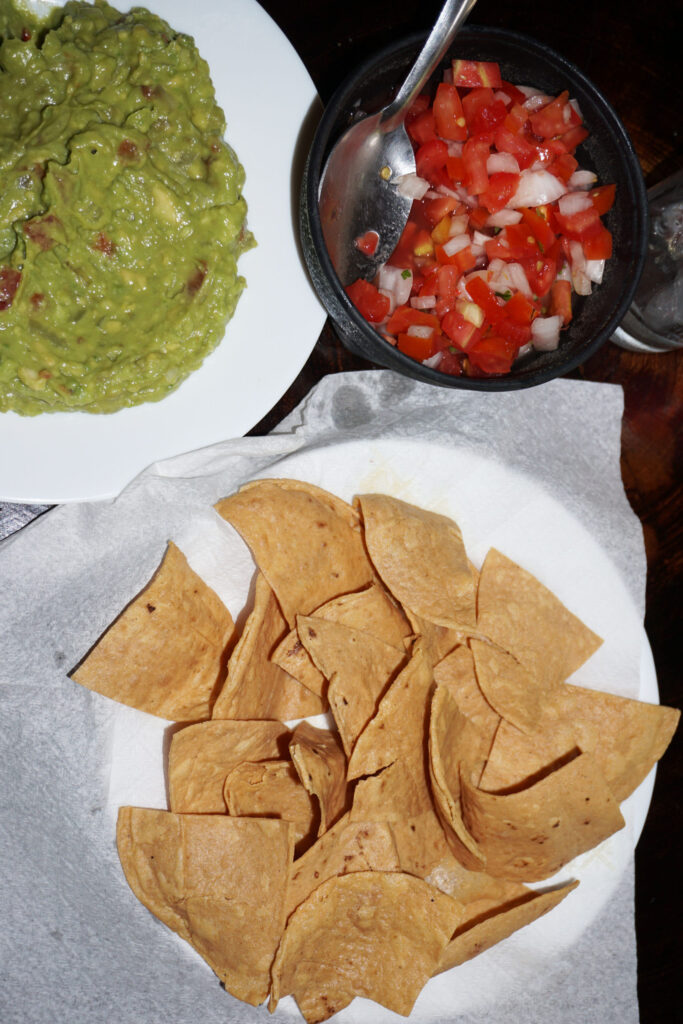
Enchiladas
An enchilada is a corn tortilla, covered with a tasty sauce (often chile sauce) and rolled around the filling. Enchiladas can be filled with different ingredients such as cheese, meats, beans, potatoes, vegetables, or a combination of those. They’re served the same way that Tacos are served. The difference is, enchiladas are covered in a chile sauce and baked, while a taco is simply a mixture of foods, put over a tortilla and folded.
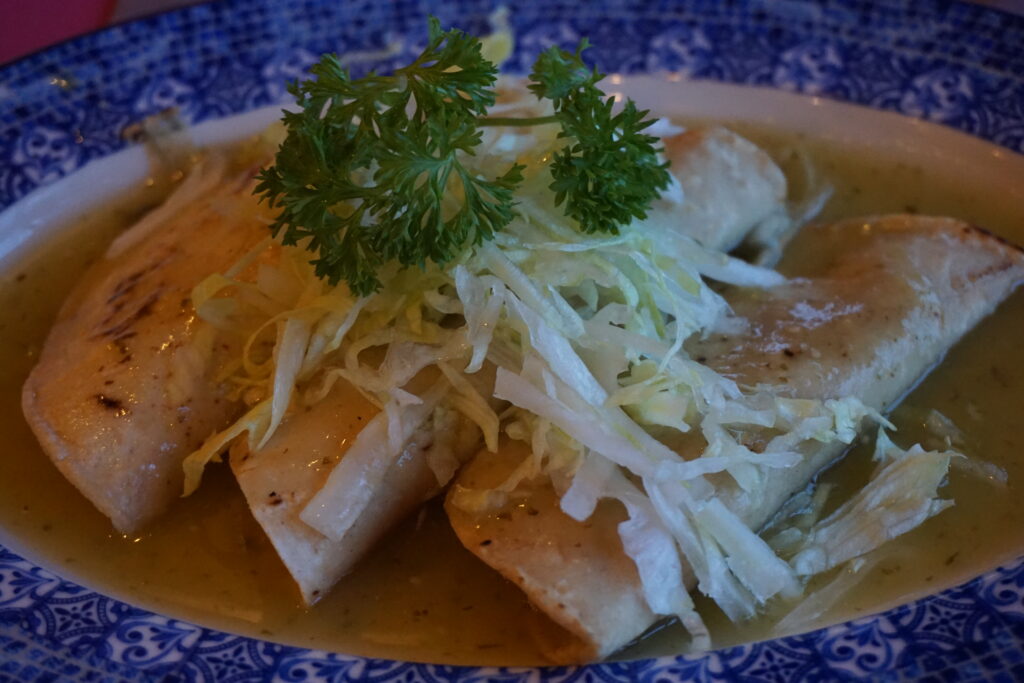
Churros
A Churro is a fried-dough pastry, and probably the best dessert in Mexico! It can be eaten with ice cream, or dipped in a chocolate sauce for the best taste!
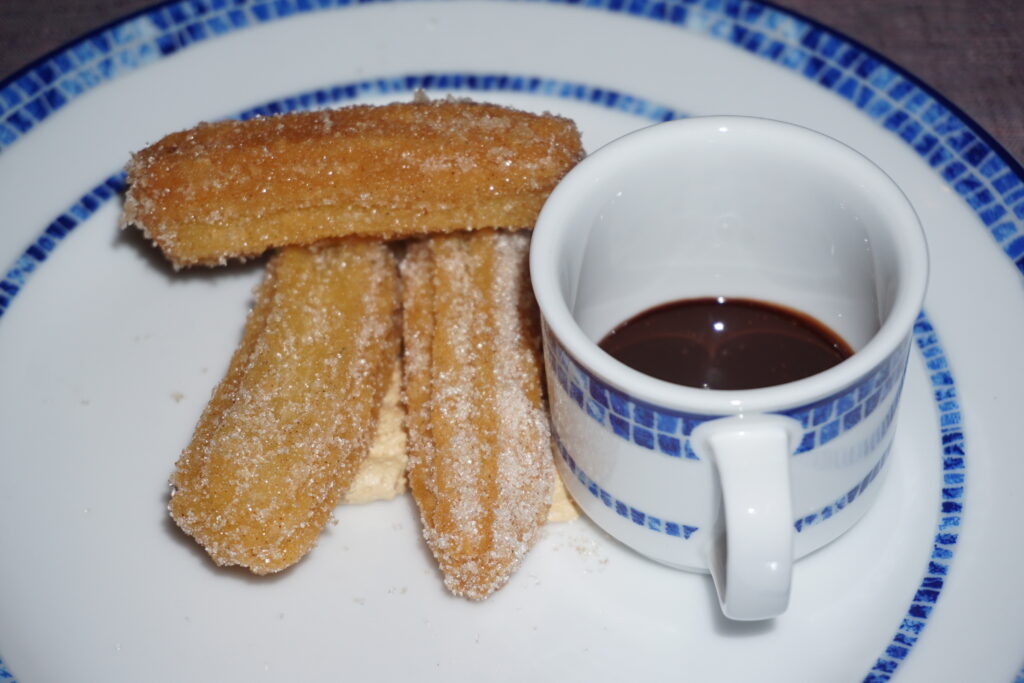
WHERE TO STAY
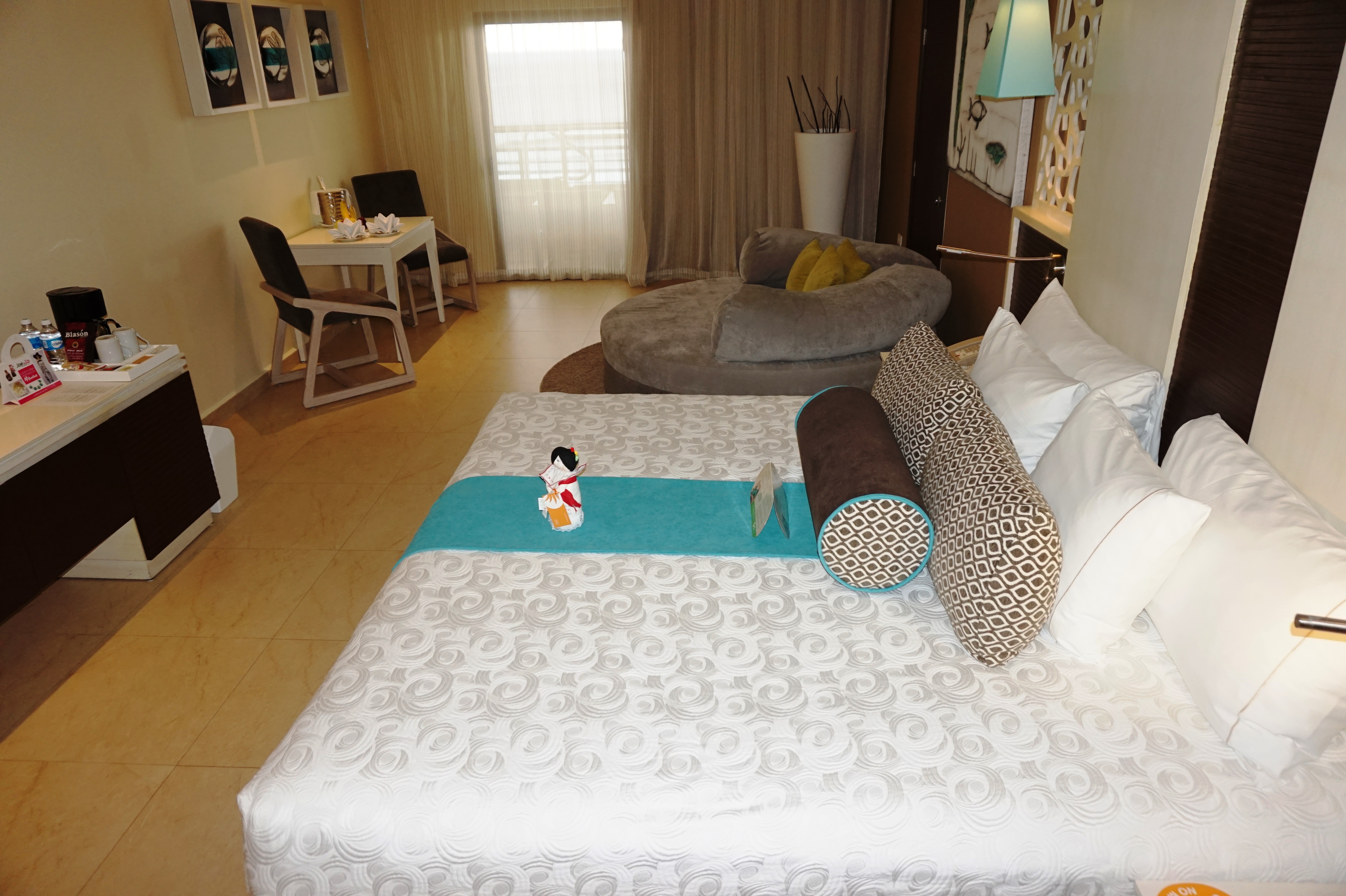
There are endless options for accommodation in Mexico. From hostels where you can meet like-minded travelers to luxury hotels and beachfront resorts, there is never a shortage of options. It is best to book in advance, especially if traveling during peak season.
For hostels, my tip would be to check the type of hostel you are booking. Hostels can be anywhere from just a cheap hotel to a live party place. I’ve stayed at hostels that were amazing and I made lots of friends. I’ve also stayed at hostels that looked like an abandoned building when I walked in, and no one to talk to because there are no facilities other than rooms and a small bar. Always check the description when booking and ensure the hostel matches the type that you look for.
For travelers who enjoy the beaches: here are the top resorts which can be found in almost all beachfront destinations, and are all-inclusive. Some destinations have more than one hotel from the same brand. And some hotels are huge complexes of up to 6 resorts, with exchange privileges.
Basic
- Crown Paradise Hotels and Resorts
- Reef Resorts (located on the Yucatan Peninsula)
- Viva Wyndham Resorts
Upscale
- AMResorts
- Bahia Principe Hotels and Resorts
- Barcelo Hotels and Resorts
- Catalonia Hotels and Resorts
- Iberostar Hotels and Resorts
- Melia Hotels and Resorts
- Ocean by H10 Resorts
- Wyndham Alltra Resorts
- Riu Hotels and Resorts
- Sandos Hotels and Resorts
Pure Luxury & Romance
- Club Med Resorts
- Grand Velas Hotels and Resorts
- Karisma Hotels and Resorts
- Palace Resorts
- Hard Rock Hotels and Resorts
Tip for staying at resorts: if you see in the description “stay at 1, play at 3”, it means you have exchange privileges. This often means that you can use all the facilities of all resorts offered by the privileges, including restaurants, bars, and all of them. For example, “stay at 1, play at 3” means you have access to 3 resorts.

